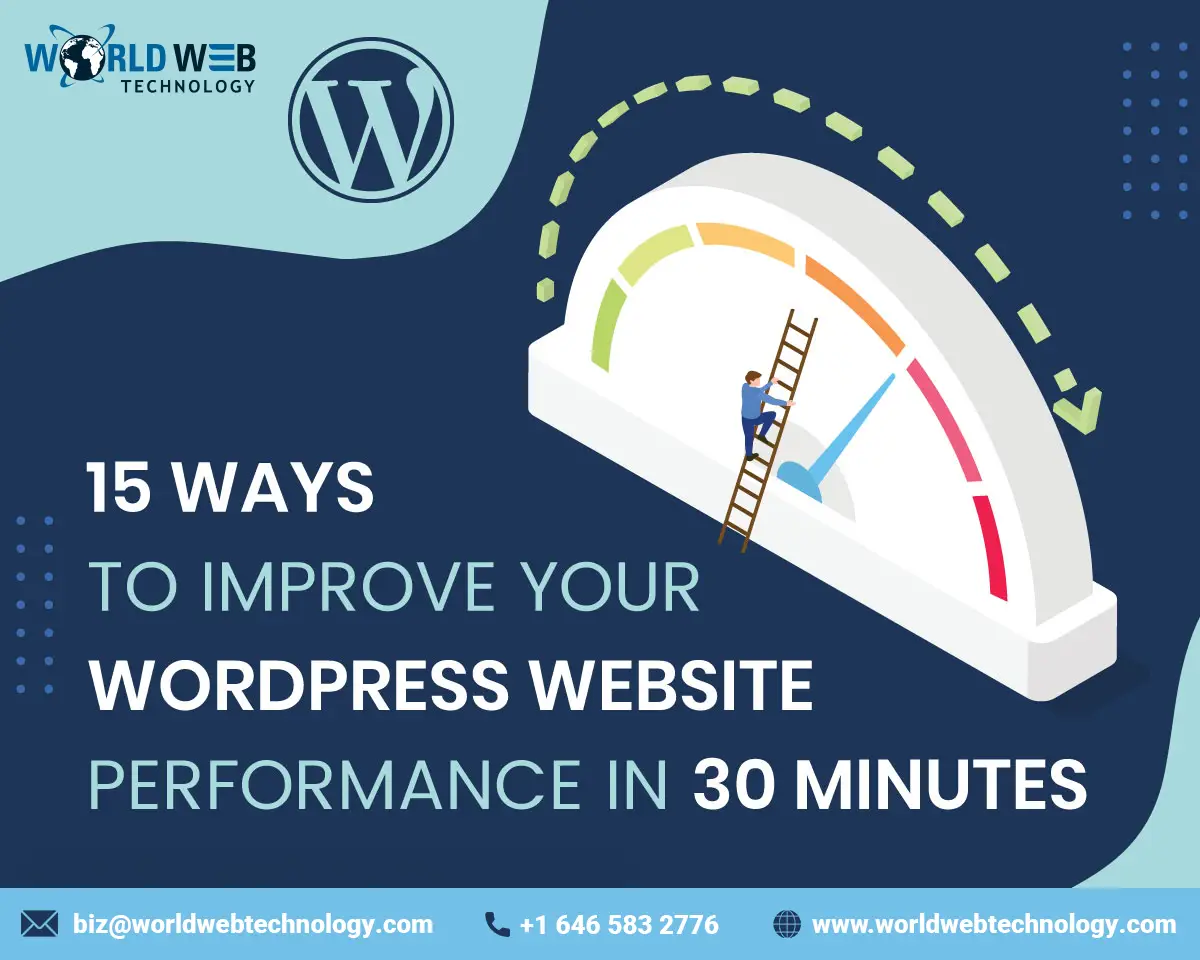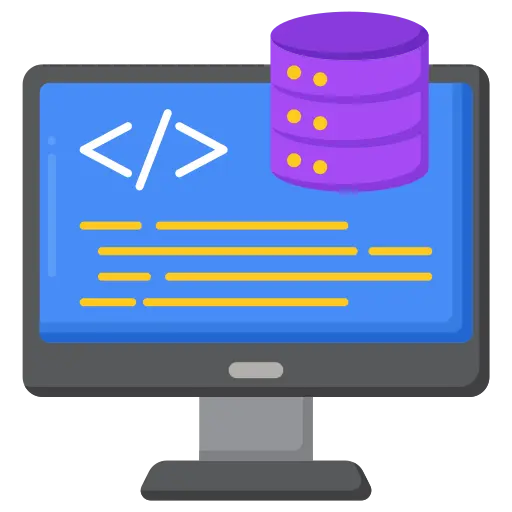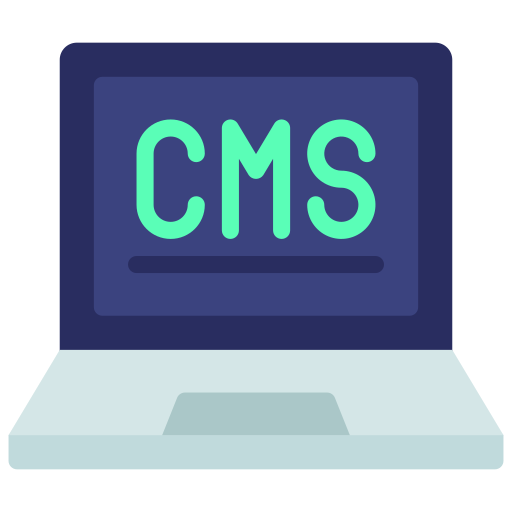More than 39.5% of the web is now run by WordPress. This might be awesome, however, it also means many different themes, plugins, and technologies can coexist. For the regular WordPress user, this can instantly turn into a nightmare when their site starts to fill up and they have no idea why or even where to begin troubleshooting.
Below are 15 amazing ways to improve WordPress Website speed and performance:
1. Minify CSS, HTML, or JavaScript
The main goal of minification is to eliminate any redundant or unnecessary data like spacing, well-named variables, as well as comments. Even though developers put efforts behind it to make the code and markup more readable for others who might work on it later. This goes the same CSS and JavaScript as they all serve the purpose of reducing any unnecessary data or large files on the script.
Check the below steps to Minify CSS, HTML, or JavaScript using the Better WordPress Minify plugin.
You may minify the CSS/HTML / javascript using the plugin Better WordPress Minify.
Step 1 :
Click on “plugins” in your WordPress dashboard. After that click on “Add new”.
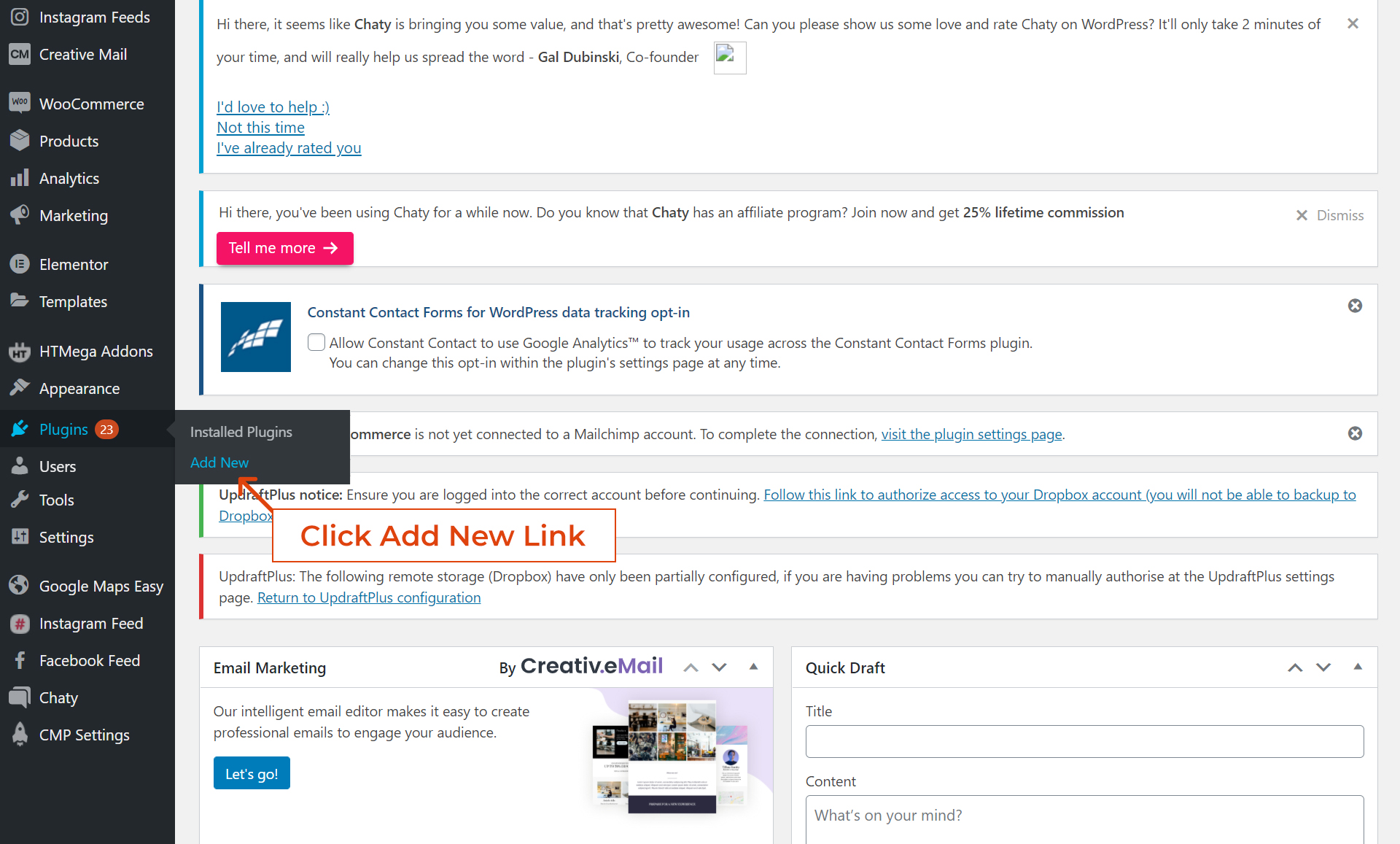
Step 2 :
Click on the “Install Now” button.
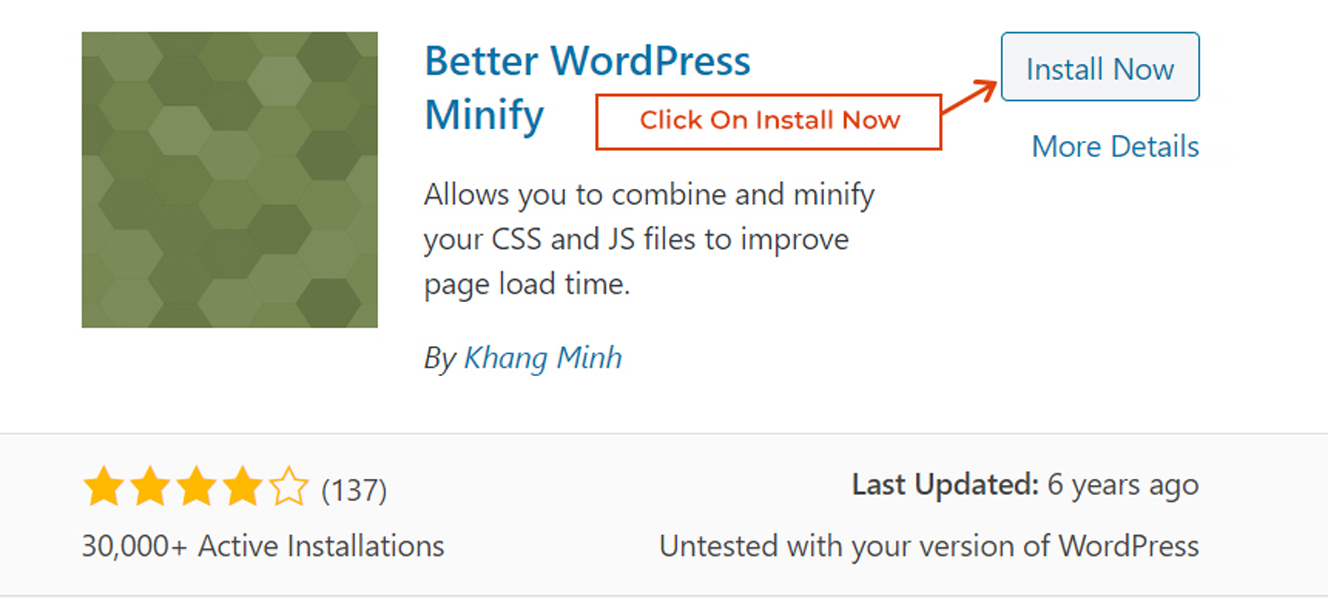
Step 3 :
Click on “BWP Minify” in the sidebar menu and then on “General Options”.
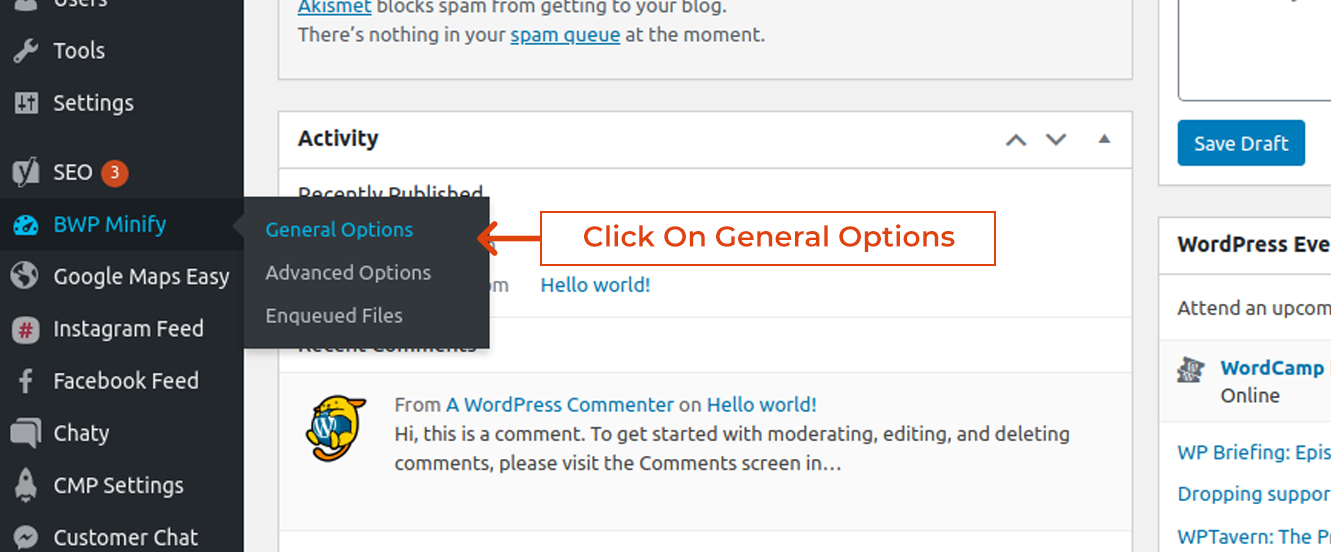
Step 4 :
Once you install and activate the plugin you will see a menu named “BWP Minify” on your WordPress admin panel. Under this menu please select the options of Minify CSS automatically and Minify Js files automatically.
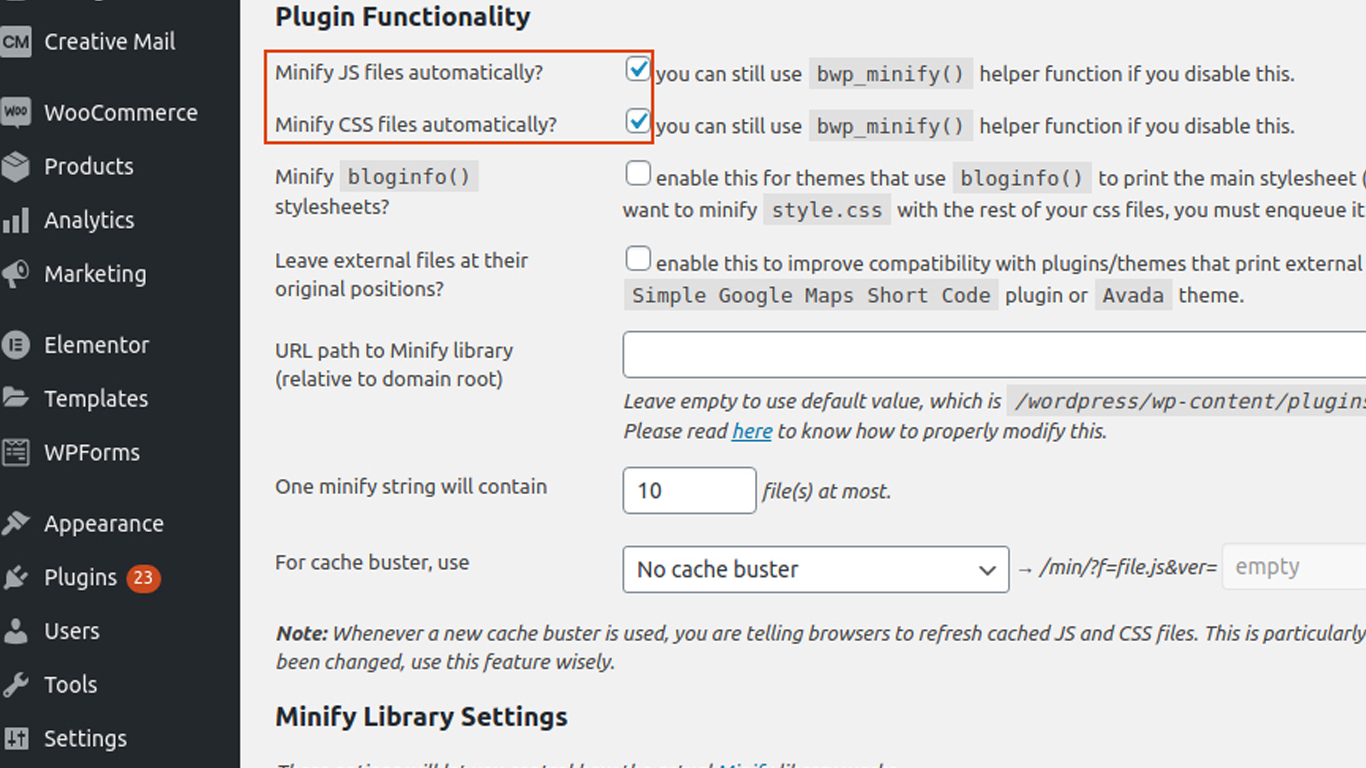
You may minify the CSS/HTML / javascript using the plugin Better WordPress Minify.
Once you install and activate the plugin you will see a menu named “BWP Minify” on your WordPress admin panel. Under this menu please select the options of Minify CSS automatically and Minify Js files automatically.
2. Install a backup plugin
Migrating a WordPress website to a different web domain or a separate web host can be quite complex. Hence, to do that, you must take a backup of all your WordPress files before the initiation of the migration.
Backup plugins also provide smooth migration of your WordPress website to a separate web host. For example, BlogVault offers you good plugins to migrate your site to another host.
We would recommend using the UpdraftPlus plugin to back up your WordPress site at regular intervals.
Step 1:
Click on “plugins” in your WordPress dashboard. After that click on “Add new”.
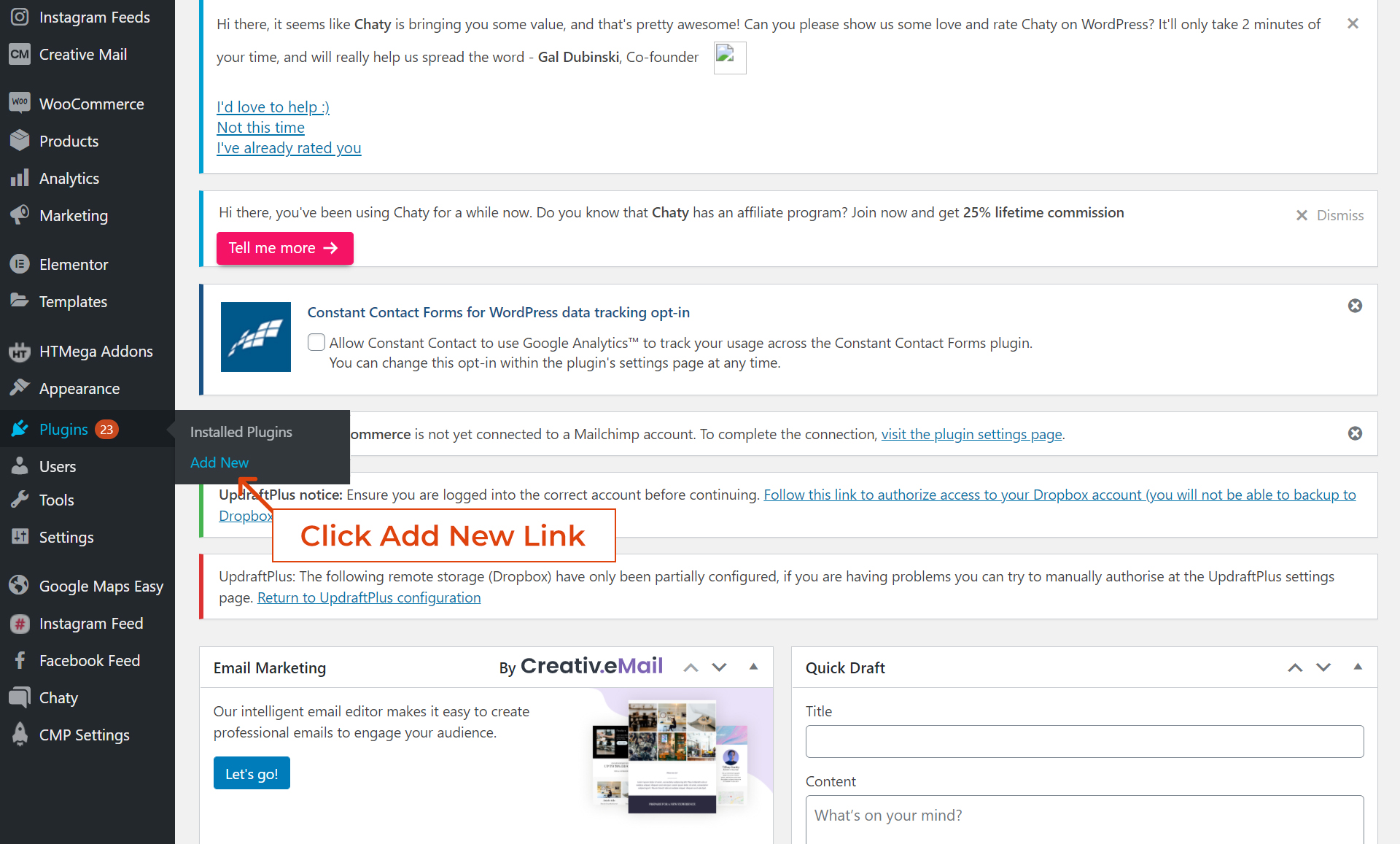
Step 2:
Input the name “Updraftplus” in that search field.
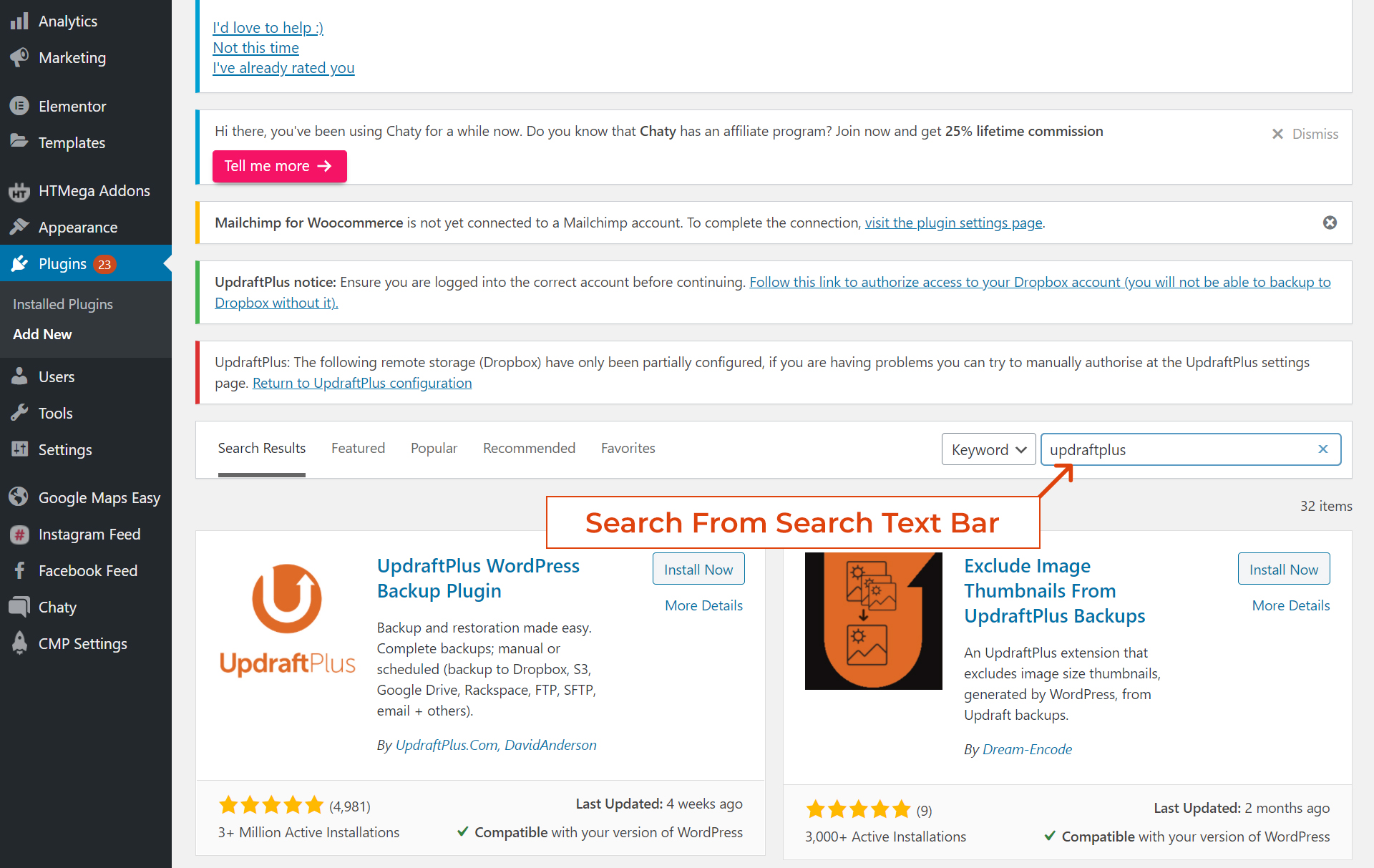
Step 3:
Select the “UpdraftPlus WordPress Backup Plugin” and Click on the “Install Now” button.
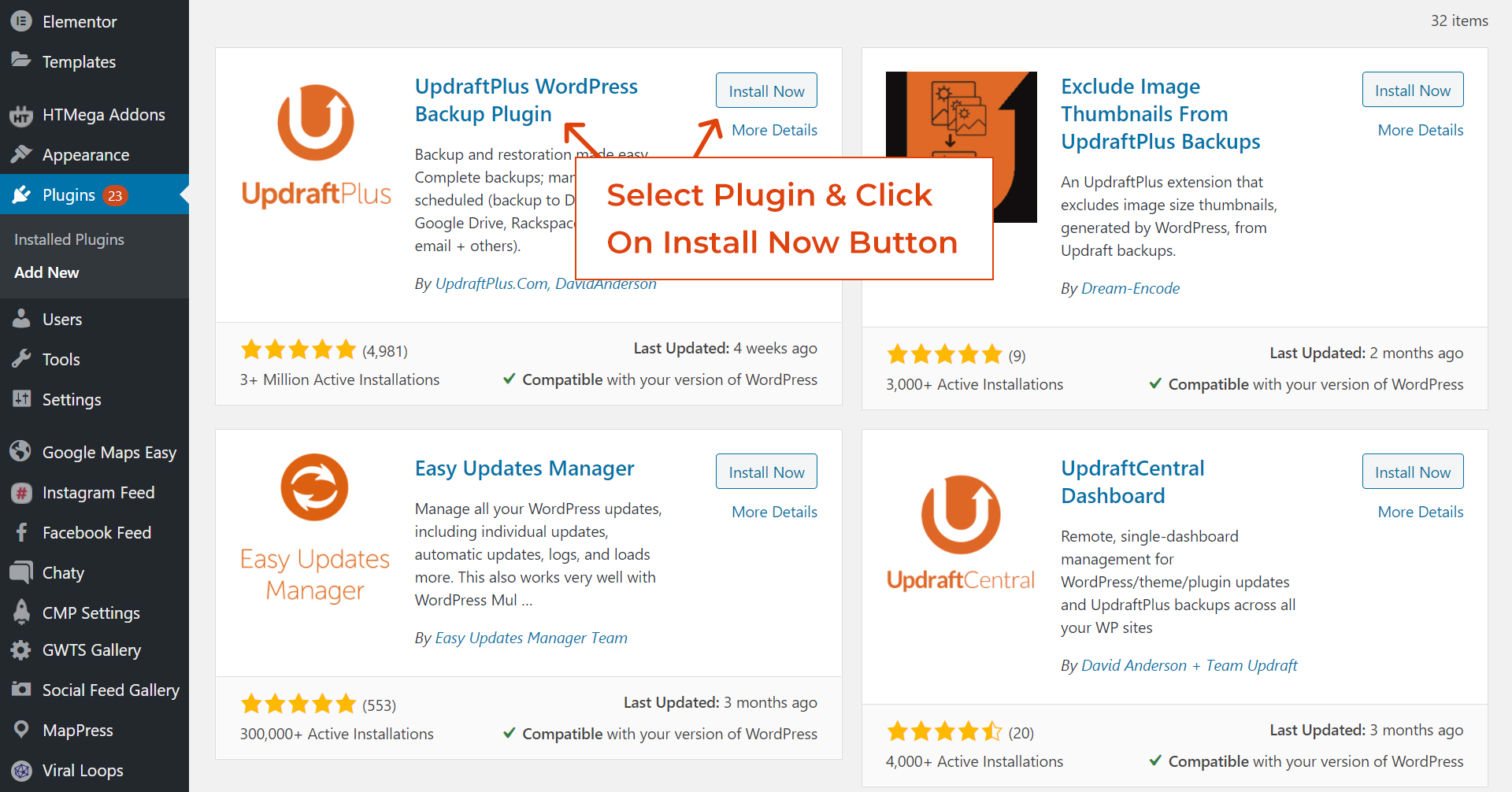
Step 4:
After installing, Now Activate the Updraftplus plugin.
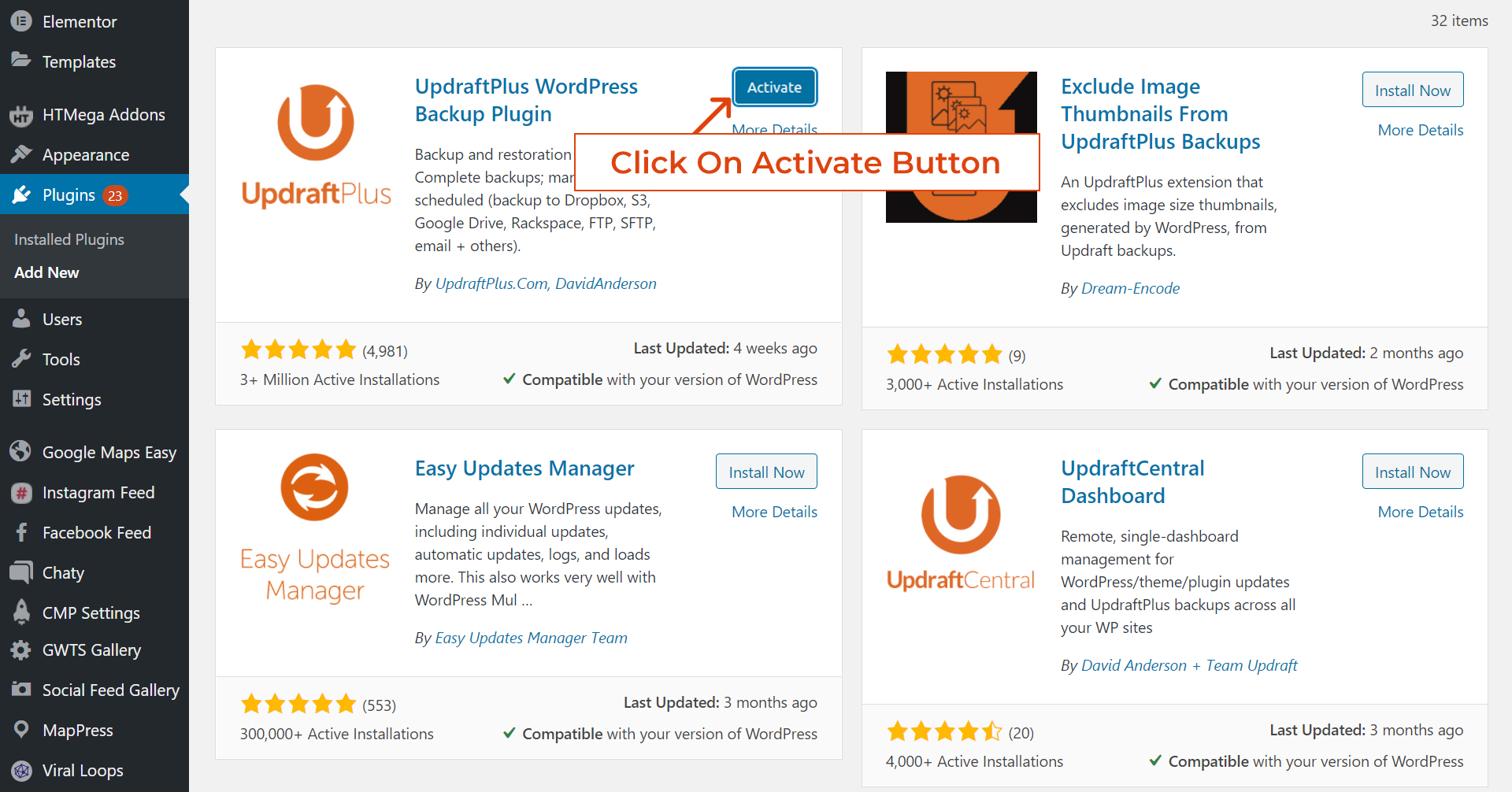
Step 5:
After Installation and activation, please visit Settings » UpdraftPlus Backups to configure plugin settings. Select the Settings tab from it and from there you will get the option to select the backup interval and remote location for the backups.
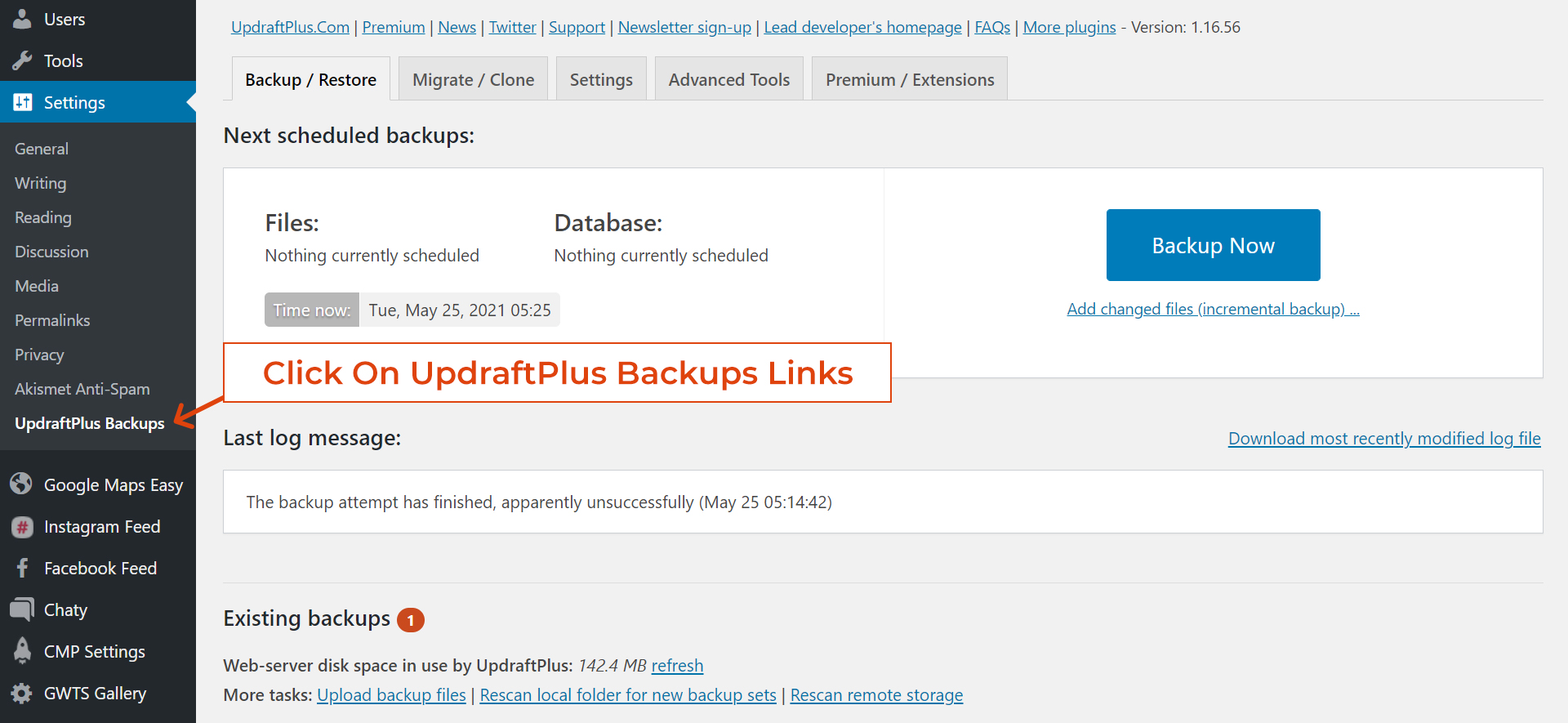
Step 6:
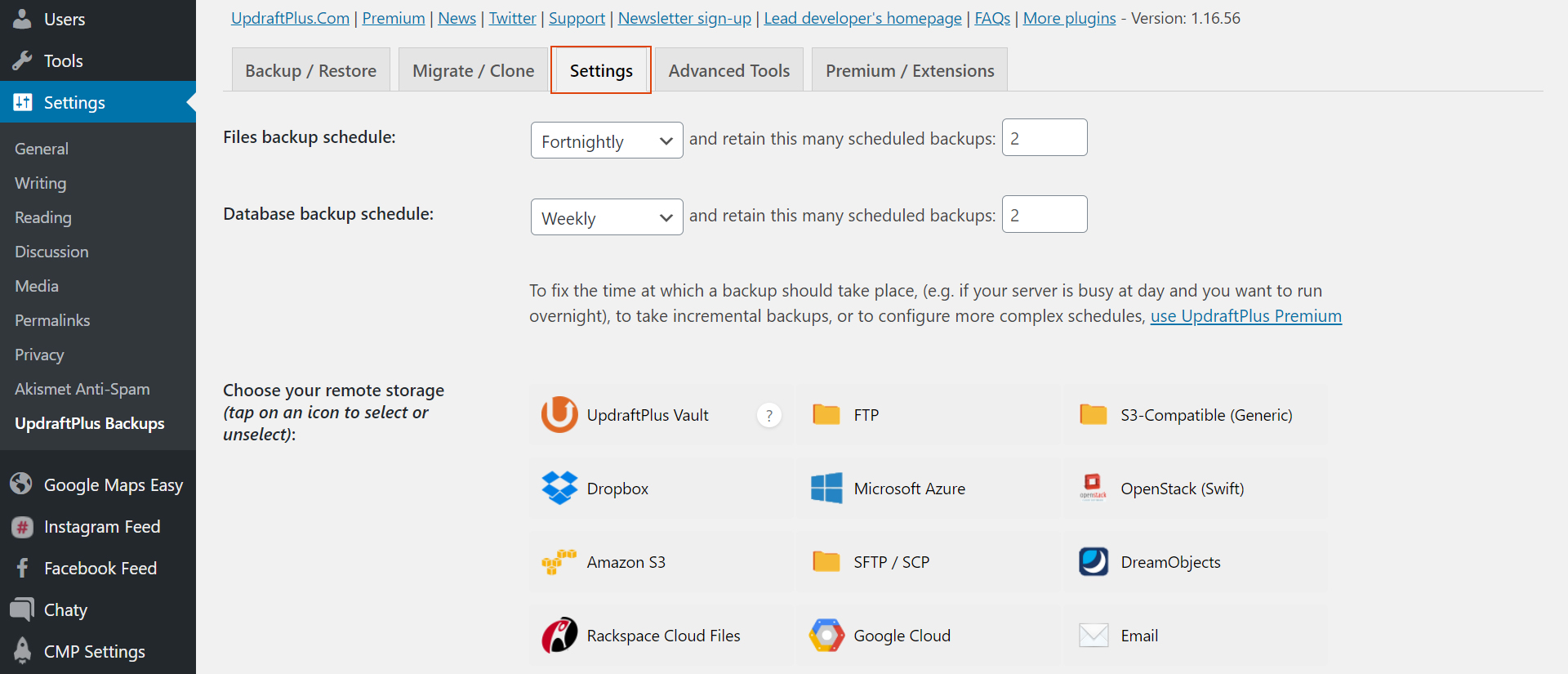
3. Update plugins to increase security
Updating your WordPress core, plugins, and themes generally increase security by fixing vulnerabilities and strengthening your website against attacks. If you want to reduce the risk of your site being hacked or compromised, update your plugins and core elements.
When any expert discusses WordPress security, one of the first things they point out is to install updates. Hackers and other harmful parties watch the release notes. As soon as they recognize a new vulnerability, they start to exploit it. Hence, you should update as quickly as possible to reduce the duration that your site is vulnerable.
WordPress comes with a built-in update system. It automatically checks for updates and shows you notifications when there are updates available for your WordPress plugins, themes, and WordPress core software.
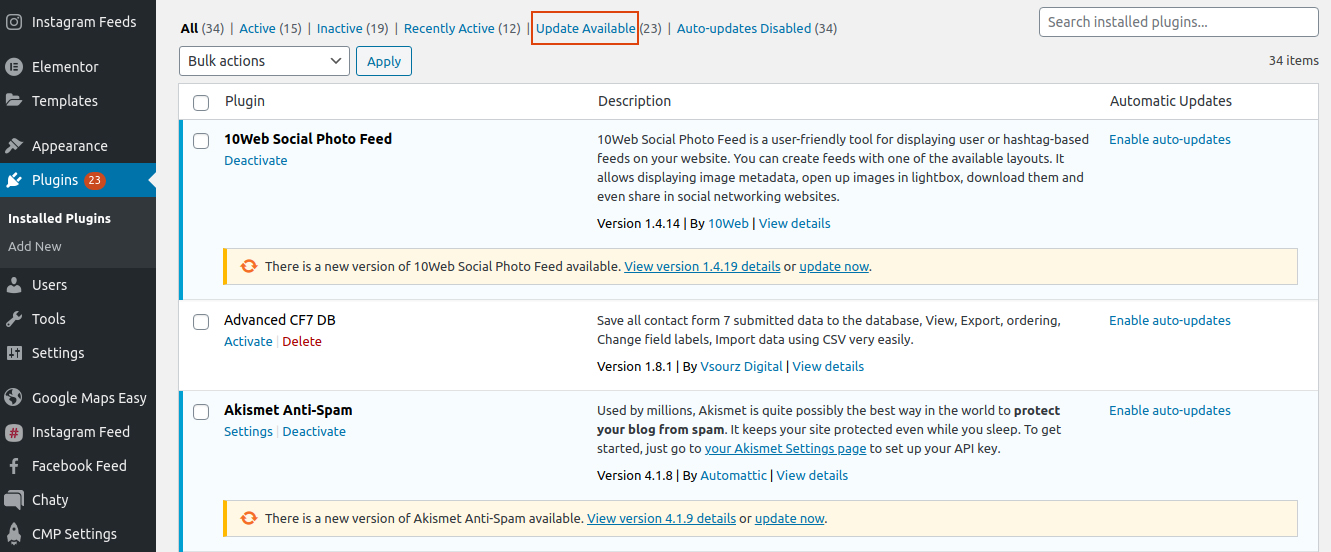
When there is a new update available for plugins, you will see the notification on the Plugins menu in the WordPress admin bar. You can install these updates by visiting the Plugins page. You will see a notification below each plugin that has updates available for you to install.
You can just click on the ‘Update Now’ link to install each update.
If there are updates for several plugins on your website, then you may want to quickly review and bulk update those plugins for that, you need to visit the Plugins page and click on the ‘Update Available’ link. You will come up with a list of all plugins that have updates available. You can select all of them and then select ‘Update’ from the ‘Bulk Actions’ drop-down menu.
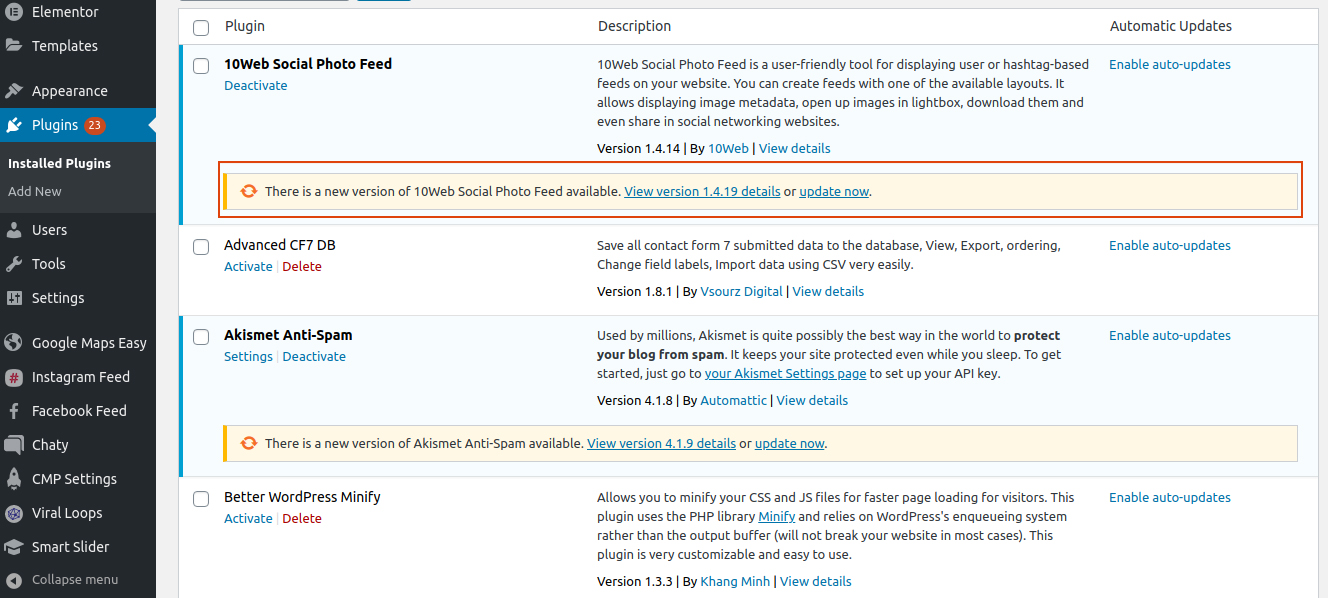
4. Improve your site’s overall performance by SEO audit
This is not a secret that Google loves a healthy functioning website. Improving WordPress Website performance is a crucial factor in rankings. Having an SEO audit done can detect any issues that your website has including site maps or low loading speed. It can also bring up many different security glitches your website might be facing.
A few of these issues can be fixed instantly, although some might be time-consuming. Don’t be discouraged if you’ve done the requisite changes and still did not notice the immediate improvement — in some cases, it might reflect after some time as Google might also take weeks to determine changes.
We suggest doing an SEO audit every day. Outer changes can impact the performance of your website adversely, hence, also go for regular maintenance.
5. Delete any unused media unattached to any posts or blogs
You should delete the old themes in your WordPress site every once in a while. Once you are positive you won’t be tilting toward them in the future. Deleting themes or plugins that you aren’t using any more from your site is a good way to make your site more secure and faster than before.
6. Install the WordPress caching plugin
Caching is crucial because it decreases the load on your WordPress hosting servers and speeds up your website. You need a definite caching setup to improve your WordPress Website speed and performance.
A quicker website improves user experience and pushes users to visit more pages. This also helps you optimize engagement and the time users spend on your website.
A faster website helps you gather even more traffic to your website from the general search. Google provides significant SEO merit to faster websites which helps your website rank higher in the search results.
For best caching results we recommend using the WP Super cache plugin.
Follow the below steps once you install and activate your Super cache plugin.
Step 1:
Click on “plugins” in your WordPress dashboard. After that click on “Add new”.
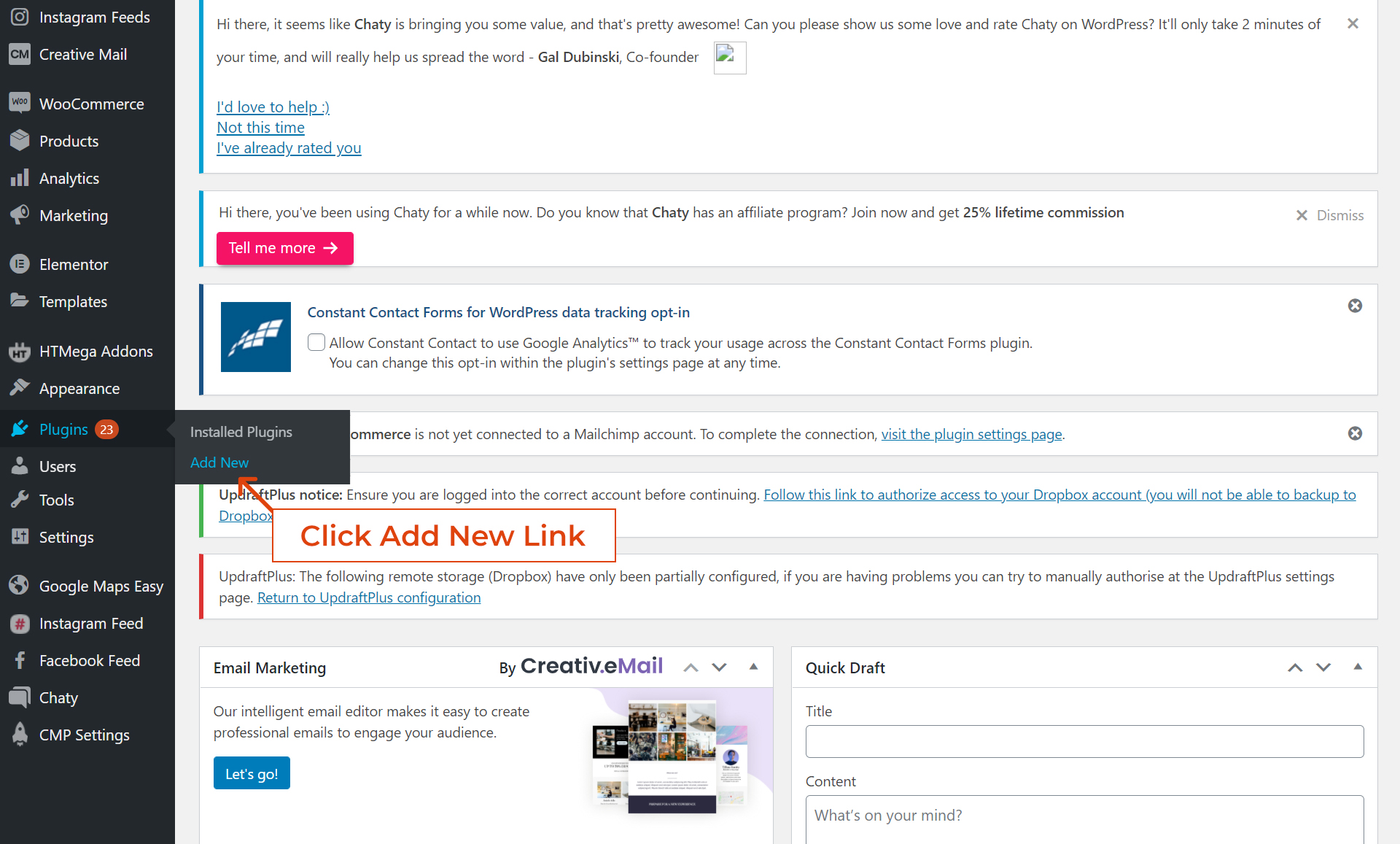
Step 2:
Find the “WP super cache” plugin in the search bar. Click on the “Install Now” button.
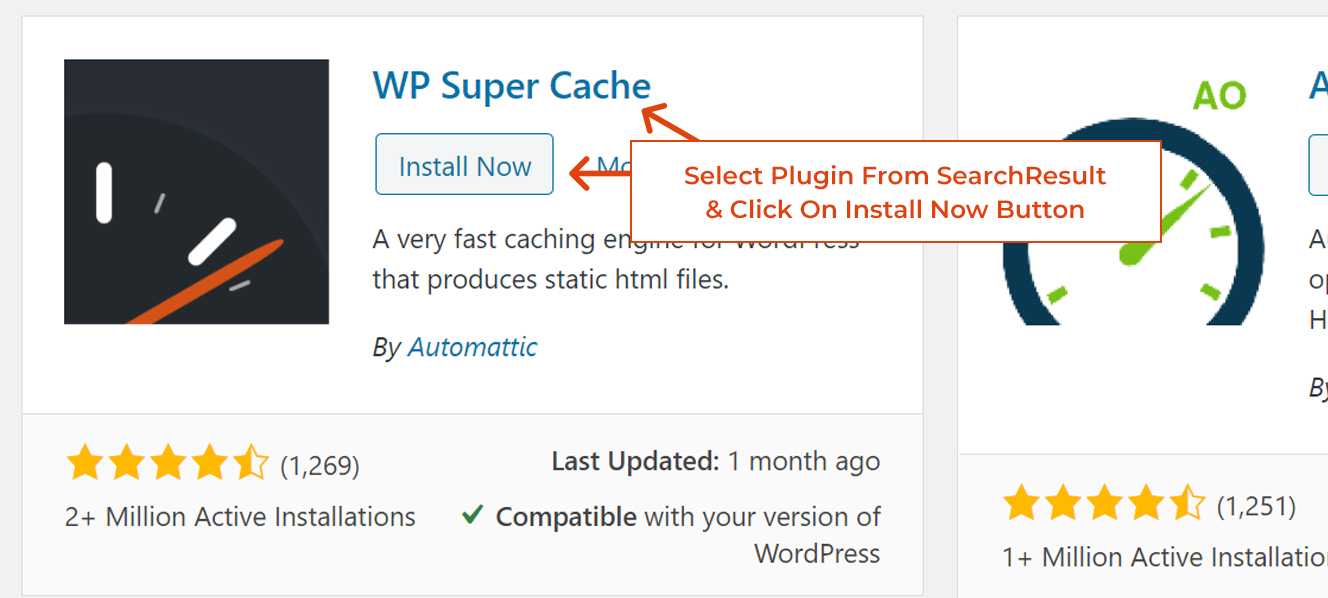
Step 3:
Under the Easy tab, turn Caching on and hit the update status button this will enable simple caching of the WordPress site.
The super cache also has advanced caching features available in the plugin. These options can further improve your WordPress Website’s performance. To Set up WP Super Cache with advanced options, go to Settings » WP Super Cache and click on the Advanced tab.
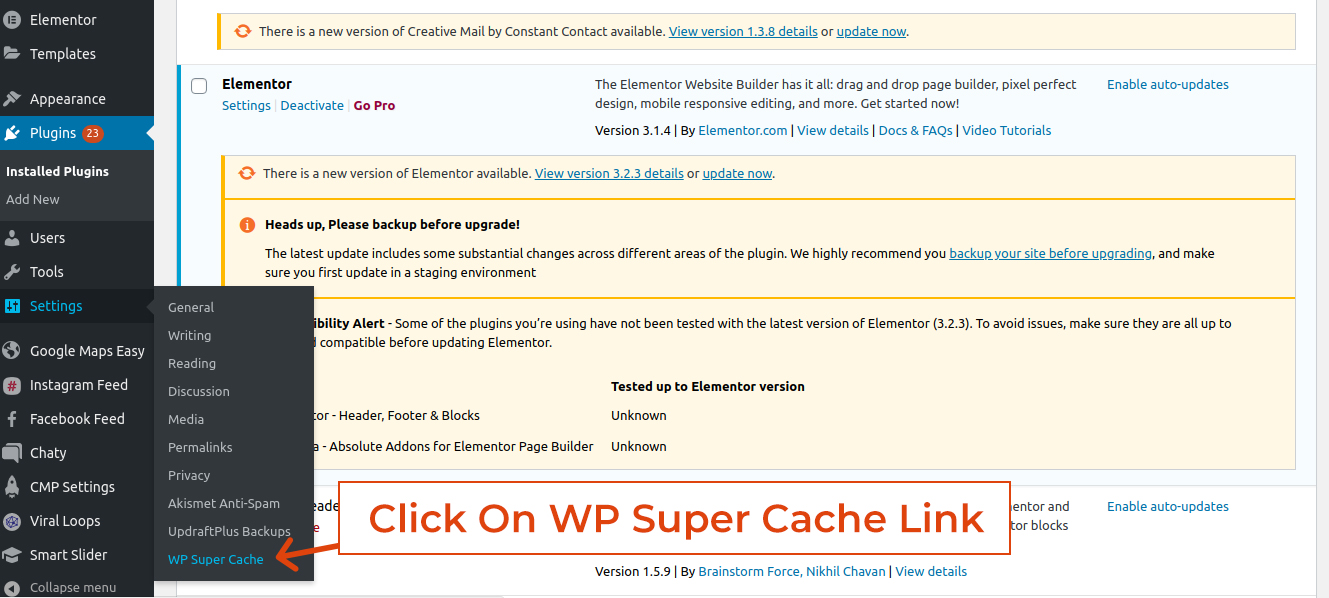
Enable Caching: First, check the box that says Cache hits this website for quick access. Below that you will see three caching options. By default, WP Super Cache uses PHP to serve cache files. However, using PHP to serve cache files can be resource-intensive, particularly in shared hosting environments. So we would like to recommend that you try using mod_rewrite to serve cache files. After that scroll down and hit the update status button to save these settings.
Step 4:
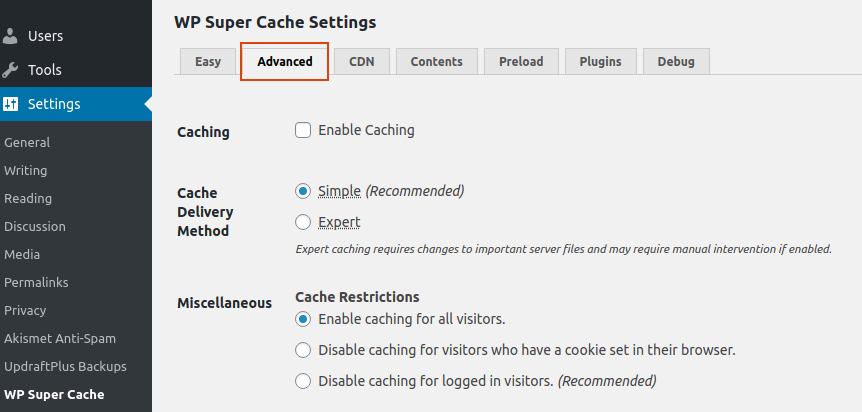
WP Super Cache will now show you a notification that mod_rewrite rules must be updated and possibly another notification about scheduling garbage collection. Scroll down the page, and you will see mod_rewrite rules that need to be added. Click on the updateMod_Rewrite Rules button to update these rules. Once mod_rewrite rules are updated this section will turn green.
To resolve the notice about garbage collection, scroll down on the advanced settings page to the Expiry Time & Garbage Collection section and set up a time and frequency for garbage collection of cached files on your server.
Enable Compression in WP Super Cache: Compression allows WP Super Cache to serve cached files as compressed files. These files are downloaded by user browsers quickly due to their smaller size. To enable compression, simply check the box that says Compress pages so they’re served more quickly to visitors.
7. Image optimization
They are too large. Too big images require a lot of time for the page to load. Hence, utilize smaller sizes.
They could be too many which might demand multiple HTTP requests.
They contribute to the synchronous loading of elements. Along with HTML, CSS, and JavaScript, they participate in increasing the render time of your website. Displaying your images simultaneously (via lazy loading) will restrict your images from loading at the same time with different other elements that will make the page load faster. You can also hire a developer or company offering WordPress Speed Optimization Services.
Hence, optimizing your images is an important practice to make your site lighter. We have collected an online image optimizer tool. Check the below link:
Below 5 MB: https://tinypng.com/
Above 5 MB: http://jpeg-optimizer.com/ || https://imagecompressor.com/
8. Optimize Video Quality
On uploading any video on platforms like Vimeo or YouTube, they make every video to offer an improved web experience to the viewers. Users can select from HD or lower-resolution videos as per their choice. Such websites also instantly find a user’s broadband connection and the type of device they are going to view so they can view the best quality of videos suitable for them.
Uploading your video on WordPress does not have these benefits hence they will be displayed the way it was uploaded. This could cost you more bandwidth and destroy the user experience. Better to optimize your videos or images to offer better performance.
9. Upgrade your WordPress site with the latest PHP version
Your site will gain an immediate performance boost if you update it to the latest version of PHP. This is better than any tweaking around the edges of your WordPress site.
When PHP 7.0 was released worldwide, it was highly praised for providing substantial performance gains. The official PHP benchmarking utilizing WordPress 4.1.1 shows PHP 7.0 lets servers execute twice as many requests per second as PHP 5.6 at less than half the latency.
10. Delete Post Revisions
Reworking or updating a post on your WP site is not very tiring. It only takes a few minutes. Still, over time, such activities often take up a large chunk of space on your website. Hence, it is viable to keep on deleting the post revisions on the WordPress site.
Steps:
To delete all of your revisions from your database you need to run this MySQL query:
DELETE FROM `wp_posts` WHERE `post_type` = “revision”;
How to limit the number of WordPress revisions. if the number is set to 3, your posts will only have 3 revisions.
define(‘WP_POST_REVISIONS’, 3);
A must-read: How to fix too many Redirect issues in WordPress
11. Plugin to check Broken Link
The Broken Link Checker (BLC) plugin is an important SEO audit tool. For any kind of WordPress blog, this plugin is a guardian angel to remove broken links and redirect them. It is quite handy when you are optimizing your WordPress site. This tool looks out for all unwanted and incomplete links and provides you with many options to rectify them.
Broken Link Checker Tool: https://smallseotools.com/websites-broken-link-checker/
12. Optimize CTA
Enticing visitors to your website is important, however, converting them into customers and subscribers is the main goal. Call-to-action buttons are the first step to making that work, and if they aren’t optimized efficiently, those visitors will not even bother to click on your site
13. Run a Malware Check
Malware or any other malicious code can juice out the important details and functioning of your website and lead to potential threats to your information. Hence, every once in a while, it is necessary to run a malware check on your site as it can reduce the risk of you losing your precious data.
URL: https://sitecheck.sucuri.net/
OR Download WordPress Plugin: Sucuri Security – Auditing, Malware Scanner and Security Hardening
14. Remove Unused Tags and Categories
Having a disorderly tag system on your WordPress site (tags that entangle with one another or with components, are often not relevant to your audience or major keywords) can prove a threat to your website’s SEO and usefulness. Hence, try to clean them as frequently as possible.
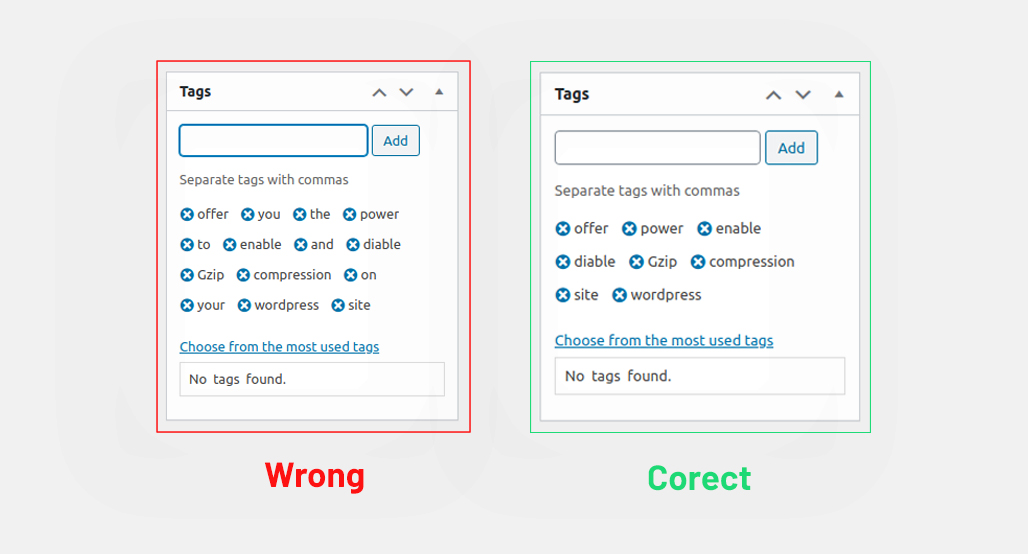
15. Enable Gzip Compression
It takes longer for plain and raw data to download which affects your page load speed. If many users arrive at the same time, then it will further decrease your WordPress website.
Utilizing GZIP compression lets you effectively transfer data, boost page load times, and decrease the load on your website hosting. It is an important step in enhancing your website speed and performance.
Gzip Compression Tool: https://smallseotools.com/check-gzip-compression
Synopsis
These are the most critical tips if you want to know how to improve WordPress Websites Performance. and aspects you should take care of to improve your WordPress website speed and performance. Better to engage a professional WordPress development services provider to get the most out of it without spending a fortune.
Most Popular Categories
Discover top categories on our blog, featuring WordPress, PHP, eCommerce, and Shopify insights and tutorials.
Featured Insights
Immerse yourself in our passion for sharing the latest industry news, cutting-edge technologies, and insightful articles. Explore the depths of knowledge with us.

May 22, 2025
AI in Customer Support: Transforming Service in the Digital Age!

May 19, 2025



